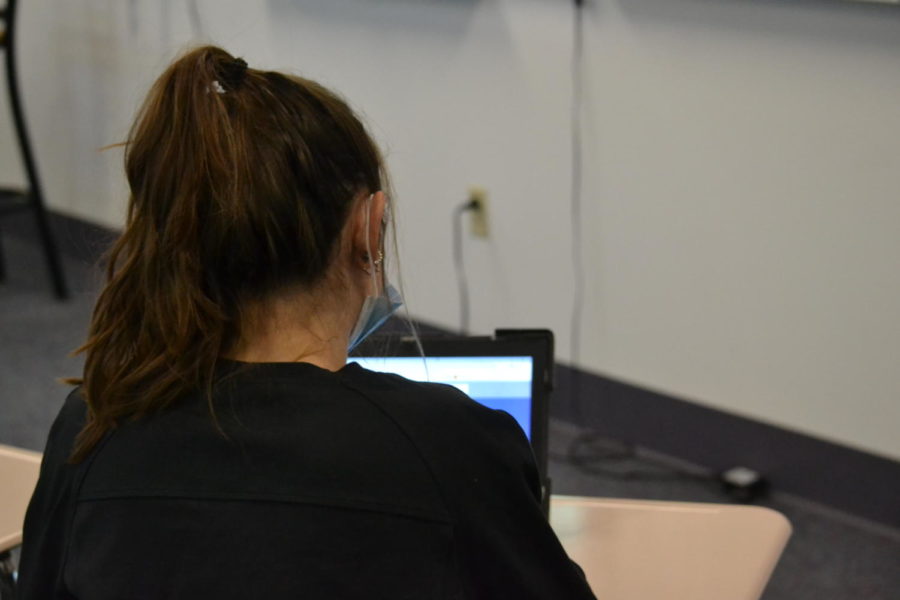The SAT format is completely changing
Every time spring rolls around in the school year, highschool upperclassmen all across America and the world begin to hold their breath in anticipation of taking the SAT. For Decades high school juniors have spent months preparing for this three hour exam which is heavily influential in the college admissions process, in hopes of getting into the best schools and getting the best scholarships. However, this age-old tradition is changing.
The SAT has always been a three hour test, with a grammar section, an english comprehension section and two math sections, only one of which allows a calculator. On Tuesday, January 25th, the College Board, the organization that owns the SAT, announced certain changes that will be taking effect in the United States by 2024. For starters, the test will be shortened to two hours so students spend less time with the test but will actually have more time with each question. The reading passages on the English comprehension section, notorious for being mind-numbingly long, will now be shorter, and students can have a calculator for all math questions. Most notably, the test will be taken entirely on the computer.
In a report for the New York Times, reporter Stephanie Saul says “80% of students said they found the digital tests less stressful, according to the College Board”
The whole goal of the proposed changes to the exam is to make it more accessible to students, especially those in traditionally underrepresented groups, and ease some of the stress associated with the SAT.
The college board issued a statement addressing the concern of the lack of access to computers in some communities, and the potential pit falls of a completely digital test, “students will be able to use their own device (laptop or tablet) or a school issued device. If students don’t have a device to use, College Board will provide one for use on test day. If a student loses connectivity or power, the digital SAT has been designed to ensure they won;t lose their work while they reconnect”.
All of these changes come after there was a great decrease in the number of students that actually took the SAT.
Stephine Saul says “The number of SAT test takers declined from 2.2 million high schoolers who graduated in 2020 to 1.5 million in the class of 2021, according to the College Board.”
In March of 2020, the class of 2021 was preparing to take their own SATs but because of the COVID-19 pandemic. This led many colleges and universities to remove SAT scores from application requirements, and even now many universities don’t require score submission or list it as optional.
As always, the future of the SAT and college applications are unclear but it’s certain there are changes coming.
Yet, despite these changes intended to make test taking less stressful, there is contention around students about the proposed modifications. Many current upperclassmen, who have already taken the SAT or are gearing up to take the old one in the spring, feel slighted.
A-West junior, Isabella Fessler, says “it’s pretty unfair, I feel like they baby our freshmen”
This represents a common notion in high school, that the underclassmen always have it easier than others who came before them had it.
A-West freshman Isaac Carrol concurs by saying “I think it’s unfair” about the benefits that his class will experience that the upperclassmen won’t.
Although this mindset seems to be fairly popular, it’s not the only one present in A-West.
Sophomore Matthew Clifford says “Colleges will consider that the upperclassmen were at a disadvantage so applications will still be fair enough”
Clifford, as a sophomore, is set to take the exam next year in 2023- before any of the changes are used nationwide.
Similarly, senior Dave Murphy says “I think it’s fair because it’s a new generation coming up, it makes sense it’s becoming shorter”
Regardless of students’ thoughts on the exam, the famed SAT will be evolving with the rest of our changing world.

Jess is a senior at Arvada West and is a captain of the cheer team, the secretary of the debate team, and is involved in Purple Prose (the literary magazine),...



